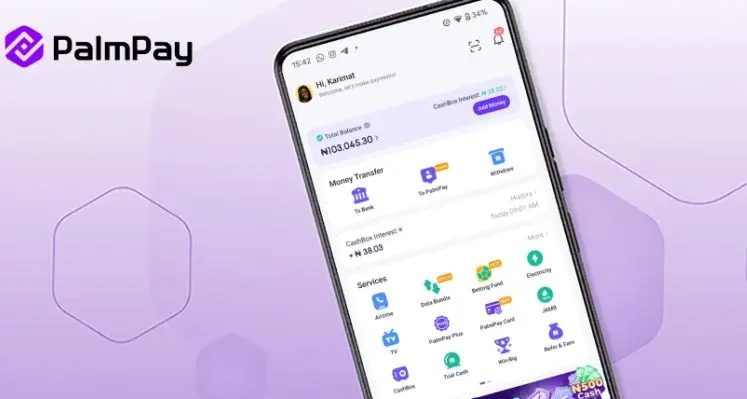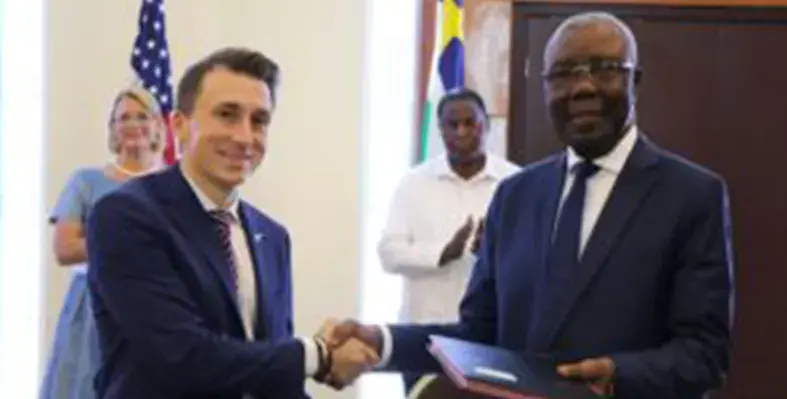In community radio, there are three broad categories of costs: start-up, operating, and programming.
 In the last few years, African researchers have discovered that start-up expenses can be whittled down to as little as $650 for a “micro-station” with a broadcast capability of around three kilometres, to $8 million for a public broadcaster with the signal strength to provide for an entire country. Actual start-up expenses can range from $7500 to a cool $8 million.
In the last few years, African researchers have discovered that start-up expenses can be whittled down to as little as $650 for a “micro-station” with a broadcast capability of around three kilometres, to $8 million for a public broadcaster with the signal strength to provide for an entire country. Actual start-up expenses can range from $7500 to a cool $8 million.
These figures come from the recent African Farm Radio Research Initiative. Until the AFRRI survey, which began in 2007, the issue of radio economics in the continent was uncharted territory. This project, which spanned Mali, Ghana, Uganda, Tanzania and Malawi, was aimed at evaluating the effectiveness of radio communications in boosting agricultural productivity and food security for rural communities. A key objective of the study was to calculate the level of investment required for radio and related ICTs to deliver a long-lasting, effective contribution to the needs of smallholders in particular.
The task undertaken by the AFRRI was made difficult by the fact that the spending budgets of radio stations on the continent are often considered sensitive information - rarely are they are made publicly accessible. Income sources can also be a challenge to identify and measure. One reason for the paucity of information is that, in most African countries, private and independent community radio did not exist even 10 years ago: simply put, publicly funded state radio was the only game in town. All economic modelling of communication strategies has overlooked broadcast radio, focusing on one-to-one technologies such as mobile communications and fixed, land-line telephony.
An independent agricultural economist was employed to carry out the preliminary study. After a literature review, a questionnaire was designed and distributed to fifteen stations in the five participating countries, seeking figures covering the total expenses in maintaining operations, programmes and staff, and revenues associated with advertising, air time sales, donor and government funding and sponsorships.
The report concluded that the typical start-up cost of AFRRI partners was $100,000. This compares with the “all-in” sum of 30,000 Euros for community radio equipment, installation and training (excluding potential import duties) quoted by the Radio Netherlands Training Centre. According to AMISNET (Agenszia Multimediale Informazione Sociale), a barebones radio station with minimal equipment costs 6000 Euros, excluding shipping, duties, installation, and training, whereas 26,000 Euros would be the cost for a more advanced radio station, including equipment for an in-house production studio.
The AFRRI partner survey suggested that annual operating costs have an equally startling range of $20,330 to $541,000 per annum for public broadcasters, $2,500 to $930,000 per annum for commercial stations, and $2500 to $286,000 for community stations.
The study found that community stations tended to plough more resources into interactive programming with community involvement and less on in-studio formats. The cost of a reporter in the field, which is the presentation style typically preferred for agriculture and food security reporting in Africa, was $297 per programme for a commercial station in Uganda, and $107 per programme for a community station in Malawi.
The study of AFRRI stations reveals that the average cost of rural production ranges from just over $100 for one phone-in show, to over $130 for a programme with audience participation in production to $300 to record and air a “village debate”. Therefore, an investment of $500 per week, or $26,000 per year would finance the production and broadcast of 3-6 hours per week of interactive farm radio programming.
There are five broad categories of revenues available to radio stations: NGO/IGO grants or loans; direct funding from government; private capital (for commercial stations); program generated revenues (music requests, greetings/announcements, airtime sales, PSA sales, advertisements) and other internally generated revenues (subscription fees, fundraising). Programme and other internally generated revenues account for between 0 and 100 per cent of revenues, but this is usually less than 10 per cent. NGO/IGO grants and loans constitute over 90 per cent of station revenues.
Sale of airtime is a crucial source of revenue, the lifeblood of most stations. For example, rates charged for 30 minutes of airtime can range from $60 to $450. Rates charged for 30-second advertisements vary drastically, from $2 for a 30 second slot on a weekday to $36 for 20 seconds at the weekend.
AFRRI establishes radio as a classic example of a service sector with increasing returns to scale because there is a high fixed cost, but a constant marginal cost. On the income side, radio revenues may be derived from the start-up revenue enabled by grants or private capital, or from operations revenue through airtime sales and fundraising events. As for the listeners, tuning into the radio or having access to one is now affordable across all African countries, with receiver units currently priced at approximately $5, plus the cost of batteries.
The study identifies high fixed costs as the start-up expenses for the station; but once in place, broadcasting towers can last for decades with minimal depreciation. In 1997, the estimated cost of erecting a community radio station in Mali was $22,500. A station of this type can run on solar power and employ six full-time staff with an average salary of $112 per month. A fully operative community FM station can now be set up at a cost of $10,000 to $15,000, and would cover an area with a 50-mile radius.
Investment in literacy and improved working practices
A per listener cost analysis can demonstrate the links between start-up costs and the outcomes and potential benefits for listeners. An evaluation report by Francis Rolt, conducted by Oxfam for Radio Daande Douentza in Mali, estimated a cost of 40 cents per listener over the life of the project, which served 92,500 listeners. So while the station had start-up and operating costs of $30,000 and the project ran up $7,000 in costs related to implementation and travel for relevant experts, the cost per listener was in fact relatively low. According to Save the Children Fund, before Radio Douentza’s launch a mere six per cent of the local farmers were marking trees and managing naturally occurring harvest varieties. Since the establishment of agricultural programming, that figure has climbed to 44 per cent among the same group of farmers. Furthermore, radio announcements had helped to bring about an increase in enrolment in literacy courses by 120 per cent. (www.comminit.com )
Innovation in Fundraising
Radio Maria Tanzania has developed an effective fundraising strategy that rivals the fundraising work of many smaller North American charities. They have a promotions office that organises fundraising efforts. Maria forms “Friends of Radio Maria” clubs around each station and tasks these clubs with raising sufficient funds to operate the station. The team recruits monthly donors and the station boasts 1200 monthly supporters in Tanzania. The names of donors are announced on the radio, and all donors receive regular thank you letters (they maintain a computerised fundraising data-base). NGOs are given airtime for their programmes, and the NGOs simply “pay what they can” as the station does not have set airtime fees.
Maria also invites donations of cash, products (mostly farm products) and expertise on the air. It organises period auctions/markets, and uses the radio to invite listeners to bring in-kind donations of farm products to the radio compound or church on the auction/market day and get good deals on products at the auction or market. All proceeds go to the station. As a result, some stations within Tanzania have managed to become self-sufficient. The Arusha station provides another example of a broadcaster that has managed to raise its entire operating budget from fundraising.






















